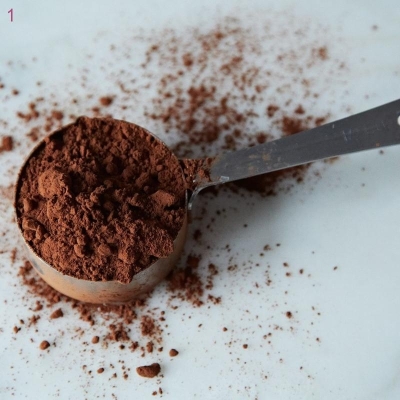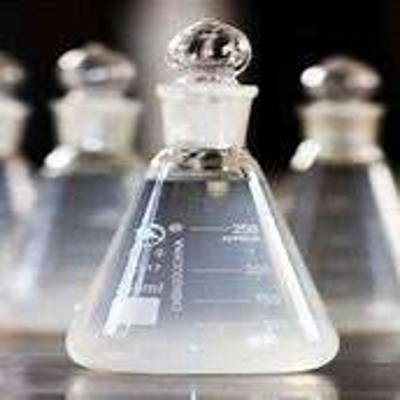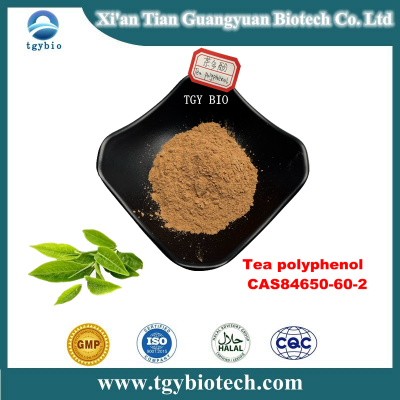-
Categories
-
Pharmaceutical Intermediates
-
Active Pharmaceutical Ingredients
-
Food Additives
- Industrial Coatings
- Agrochemicals
- Dyes and Pigments
- Surfactant
- Flavors and Fragrances
- Chemical Reagents
- Catalyst and Auxiliary
- Natural Products
- Inorganic Chemistry
-
Organic Chemistry
-
Biochemical Engineering
- Analytical Chemistry
-
Cosmetic Ingredient
- Water Treatment Chemical
-
Pharmaceutical Intermediates
Promotion
ECHEMI Mall
Wholesale
Weekly Price
Exhibition
News
-
Trade Service
Xu Weisheng, associate researcher at the Institute of Nutrition and Health, Chinese Center for Disease Control and Prevention
As the saying goes, "concentrated is the essence", and this sentence can't be more appropriate when it comes to cheese
Milk is the main food source of calcium in the body, and concentrated cheese is also a calcium-rich food
According to the recommendation of "Chinese Residents' Dietary Nutrient Reference Intakes (2013 Edition)", if children and adolescents aged 7-17 can ensure a daily intake of 1000-1200 mg of calcium, the possibility of calcium deficiency is very low
Protein is the material basis of all life.
During the ripening stage of cheese production, part of the casein is gradually broken down into peptides and free amino acids
The type of milk source and how the cheese is made can affect the amount of fat in the cheese
Generally speaking, cheese fat contains 66% saturated fatty acids and 30% monounsaturated fatty acids
In the process of making cheese, most of the fat-soluble vitamins in milk are concentrated, and some water-soluble vitamins such as vitamin B2, vitamin B12, niacin, folic acid, etc.
Cheese also contains higher levels of calcium, zinc, phosphorus, magnesium and other mineral nutrients than the same amount of milk
"China Food News" (November 25, 2021 06 edition)
(Editor-in-charge: Qu Yuening)







